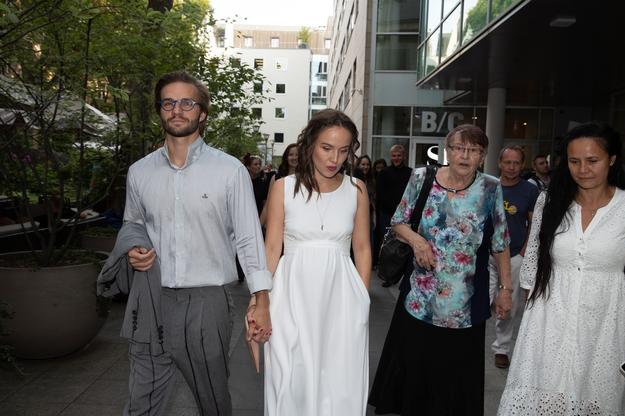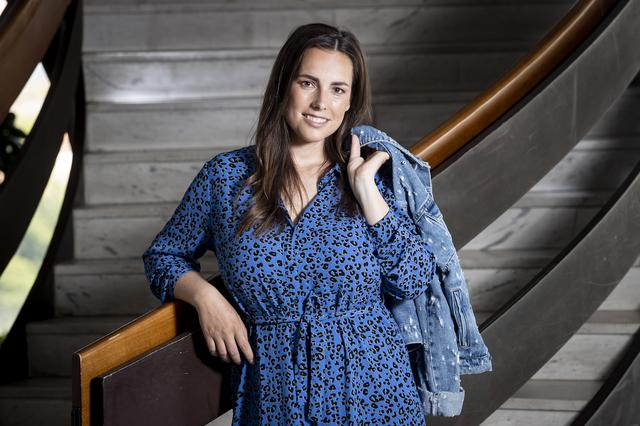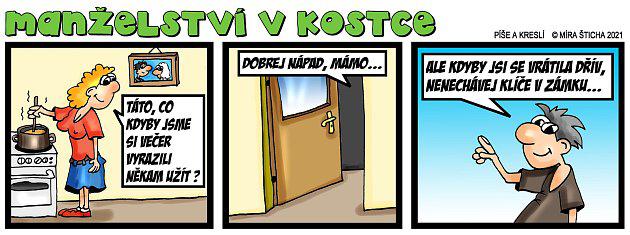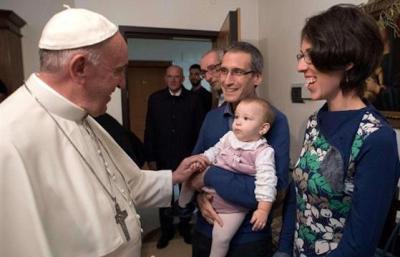How to overcome fear of the dentist? Medicines, rewards and general anesthesia help<
Fear of the dental chair associated with a painful experience usually begins in childhood. Many people can carry the traumas into adulthood.
Change at the dentist. Insurance companies will pay for dental amalgam in capsules |
“Children are most often negatively affected by the experience of a dental emergency, where, for example, a rotten tooth is pulled out without delay. The child thus gains a bad experience that is difficult to get rid of. Parents also play their role, who should reassure and mentally encourage their child. They should never use a visit to the dentist as a threat," says dentist Ondřej Šrámek from the Hradčanská Dental Clinic in Prague.
When a child has already experienced such a painful procedure, parents have to expect that they will not run to the dentist with enthusiasm the next time.
Adventure Quest
“I thought the sons brushed their teeth perfectly, but I overestimated the younger boy's abilities. Unfortunately, his stool broke. Our dentist was on vacation, the weekend was ahead of us, and I was dreading the thought of having to go to the emergency room. It's no secret that no one cares for patients there, let alone a crying baby. I managed to find a dentist who, although he was already leaving the office, still accepted us. He told the five-year-old boy that the tooth had to come out, it would hurt, but he would try to make it hurt for as little time as possible," Jitka Wurdáková Litvínova describes.
After the weekend, of course, she headed to their dentist for a check-up with her son. "I thought the boy wouldn't want it, but all weekend we checked to see if the hole was growing. Our dentist was also perfect. He told his son that the hole would take a long time to heal, and that when a new tooth appeared, he would definitely get a reward. Let's check it daily. He was able to completely turn an unpleasant experience into an adventurous task. Fortunately, the son is not afraid of further checks," adds Wurdáková with relief.
Dental maintenance and repair can cost tens of thousands. Look for a dentist at your insurance company |
Soňa Urban Chudomelová from Lom u Mostu suffers from nausea before every visit to the dentist: "I have diarrhea, sometimes I even vomit . I've been reacting like this ever since the procedure when the dentist took the nerves out of my tooth when I was a teenager. It was crazy pain. Fortunately, I now have a wonderful dentist and the support of my family.”
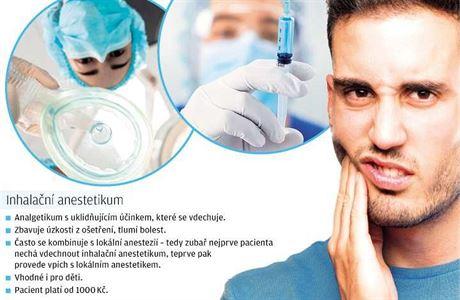
For the sake of the children, she tries to look brave, but she can't hide her worries completely. Paradoxically, her fear affects the children in such a way that they themselves try to comfort her.
Medications help
Soňa Urban Chudomelová goes to regular preventive check-ups despite her fear. However, when she is due for a procedure, she makes an appointment with a dentist in Prague.
"When I needed to extract my wisdom teeth, I started looking for options to undergo the procedure under anesthesia. I read about analgosedation (sedation of the patient using drugs, so that he does not feel pain, but is not unconscious - editor's note). So I made an appointment at a clinic where they have this option, and I paid for it," she adds.
Patients who do not tolerate the examination have three options, how to wait through the procedure without stress and pain with the help of doctors. The simplest one is the administration of inhaled anesthetics, after which the patient will get rid of fear and anxiety about the treatment, suppress the pain. "Their application is very easy, the onset and withdrawal of the effects is very fast. They are also ideal for children's patients," explains Jiří Škrdlant, head doctor of Prague's Studio 32 dental clinic. Inhalation anesthetics are also suitable before the injection for local anesthesia.
Another option is the already mentioned analgosedation. This is recommended for patients with a bad experience with treatment at the dentist, for sensitive patients with a low pain threshold and for patients with a strong gag reflex that otherwise makes treatment impossible. In analgosedation, it is possible to perform more time-consuming procedures, for example, multiple tooth extractions and more complex implantations.
For children, at least partial cooperation during performance is required. Before the treatment, it is necessary to fill out an anesthesiology questionnaire. "If the patient is generally healthy, a confirmation from a general practitioner is sufficient. If he is being monitored with a chronic disease, a pre-operative examination must be carried out," explains Jiří Škrdlant. But what if the patient has an acute problem and is sure that, for example, drilling a tooth will be necessary, which he is afraid of?
Anesthesiologist needed
"Our practice is that we first have to see the patient and find out what the problem is. If the use of inhalation anesthetics is sufficient, we can perform the procedure immediately. If it is necessary to administer analgosedation, we have to plan the procedure, because the anesthesiologist comes to us on specific dates," explains Jiří Škrdlant.
Analgosedation is administered by injection into a vein. Most patients do not remember the procedure. "It's important to come on an empty stomach," adds Škrdlant, adding that in the case of a small patient, two adults must be accompanied (one drives the car on the way home, the other watches the child), in the case of an adult patient, one person is sufficient.
The third option is classical anesthesia or narcosis. It is recommended for really small, uncooperative patients who need tooth extraction or filling of several teeth. "The patient does not perceive anything around him. If he is generally healthy, a confirmation from the pediatrician is sufficient. When a child is being monitored for a chronic illness, they must undergo a pre-operative examination, which will also be provided by a pediatrician. However, I point out that they must be really healthy and even a common cold is a reason to postpone the procedure," warns Jiří Škrdlant.
As with analgosedation, the patient must come on an empty stomach. The sedative is first administered through a breathing mask. Subsequently, venous access is ensured. Sedatives and pain relievers are administered intravenously. After the end of the treatment, the patient is released only after fully waking up. It is necessary to be transported by car and, in the case of children, accompanied by two adults, supervision by an adult and the patient's calmness is necessary for the rest of the day.


 Tags:
Tags: Prev
Prev
